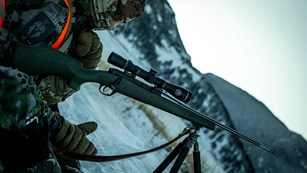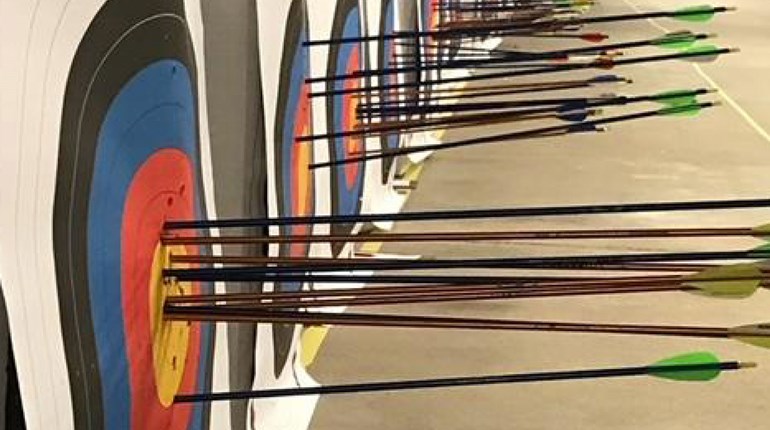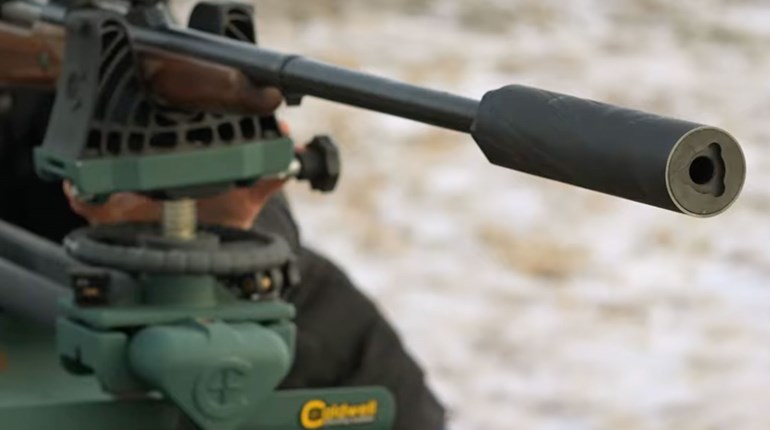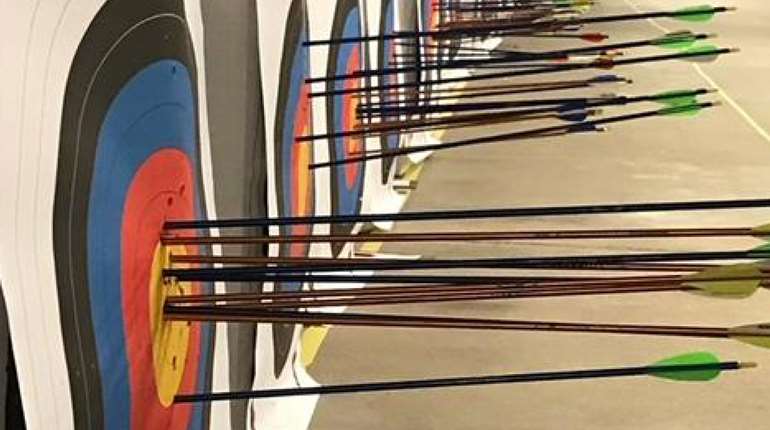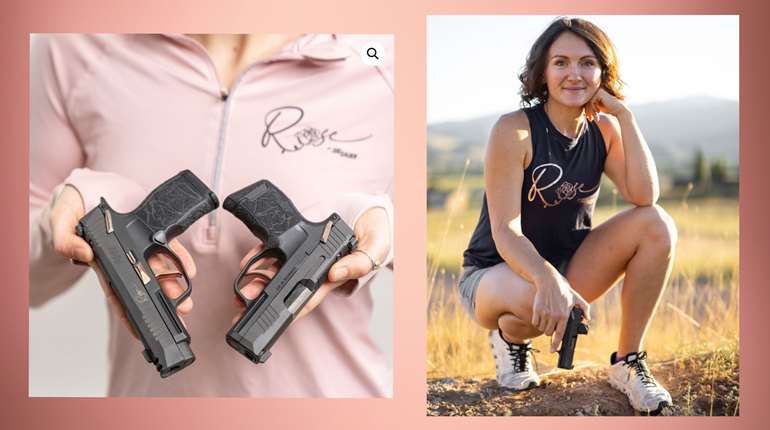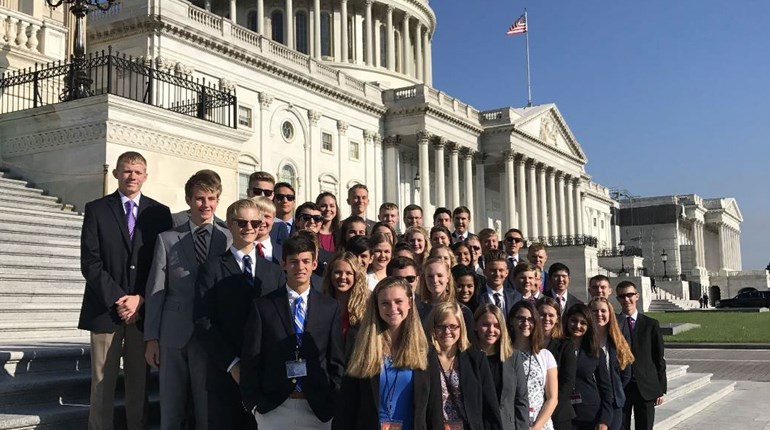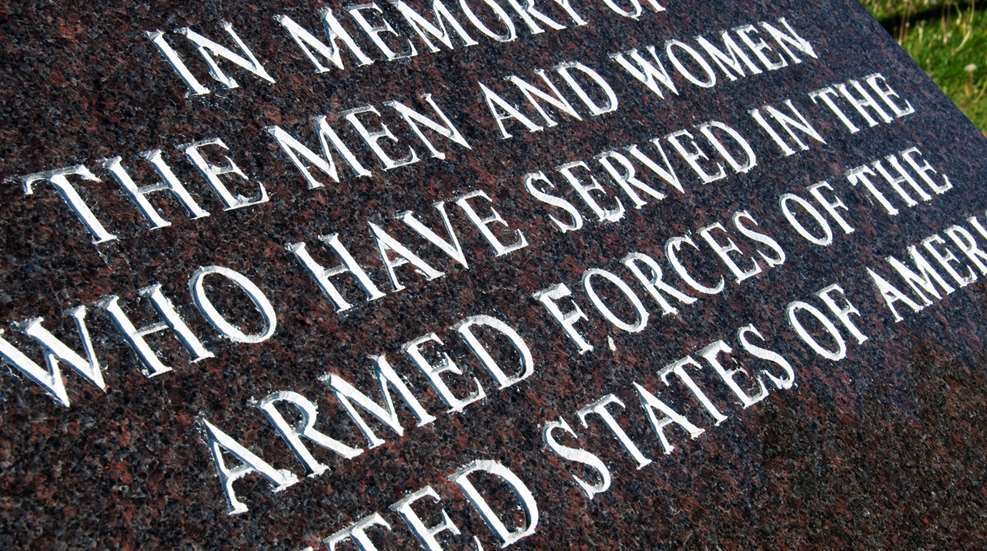
Memorial Day, originally called Decoration Day, has its roots in the Civil War. The graves of fallen Union and Confederate soldiers could be found in almost every cemetery around the country, and it became an annual tradition for citizens to place flowers on their graves while organized prayer gatherings took place.
On May 5, 1868, General John Logan called for Decoration Day to become a nationwide day of remembrance. May 30 was the holiday’s designated day because it was not associated with any significant Civil War battle. By 1890 almost every state had some form of Decoration Day. In 1918, as Word War I came to a close, Decoration Day was gradually replaced by Memorial Day.
On the first official Decoration Day, May 30, 1868, at Arlington National Cemetery, future U.S. President General James Garfield—then a congressman—delivered a speech praising the valor and bravery of the men that fought for the ideals they believed in. This is evident in the first paragraph of the speech:
“I am oppressed with a sense of the impropriety of uttering words on this occasion. If silence is ever golden, it must be here, beside the graves of fifteen thousand men, whose lives were more significant than speech, and whose death was a poem, the music of which can never be sung. With words we make promises, plight faith, praise virtue. Promises may not be kept; plighted faith may be broken; and vaunted virtue be only the cunning mask of vice. We do not know one promise these men made, one pledge they gave, one word they spoke; but we do know they summed up and perfected, by one supreme act, the highest virtues of men and citizens. For love of country they accepted death, and thus resolved all doubts, and made immortal their patriotism and their virtue.”
What the congressman failed to do was to recognize the sacrifices that women made with the same ideals for which those men laid down their lives. Until recent years, this has often been the case when it comes to women’s contributions and sacrifices in every conflict. In 1970, women in the military were allowed to train with men and achieve command roles in non-combat units. It was not until 2013 that women were granted full status in the military and allowed to serve in combat roles.
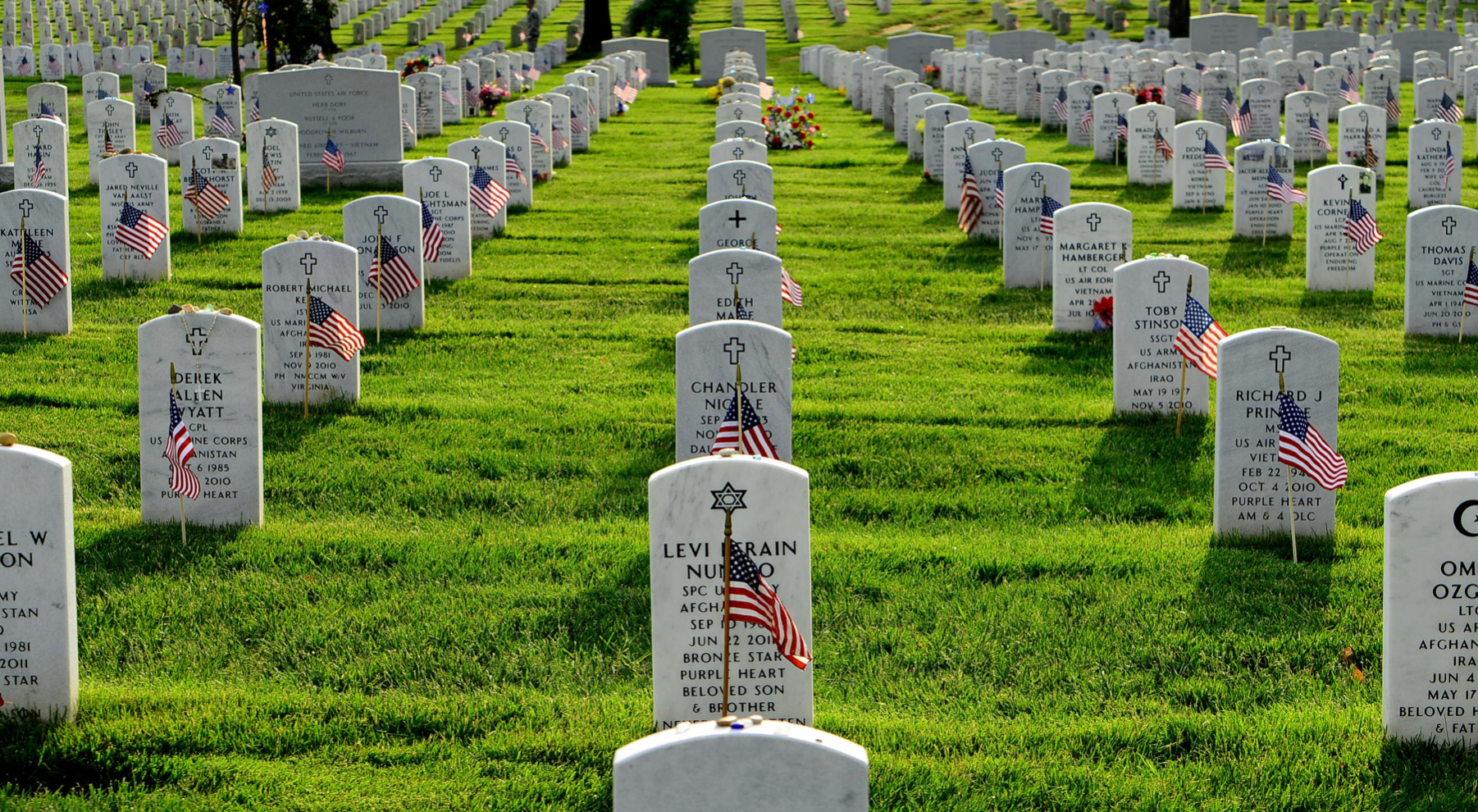
Civil War
The exact number of how many women fought in the Civil War will never be known, but most historians agree it was between 400 and 750. Just as their male counterparts had many roles in the success of military operations, women served in a variety of roles: logistics, medical, spies, as well as in combat. In fact, women had to disguise themselves when serving in combat roles. Like the male soldiers, many of these women became casualties. Unfortunately, most of them were never recognized for their sacrifices.
The women who served in combat roles were not limited to one side. There were female Union soldiers and female Confederate soldiers. After the battle of Gettysburg in July 1863, among the dead were two women who were discovered wearing Confederate uniforms.
In the same battle on a hill near Pickett’s Charge, the body of a Union flag bearer was discovered as a woman in a Union uniform. Another female casualty was discovered fighting under the name Frank Mayne, and was promoted to Sergeant before her death. It is even recorded that in December 1864, a group of 28 women of Harrisonburg, Virginia, partitioned the Confederate Secretary of War, James Seddon, requesting to raise a full regiment of women between the ages of 16 to 40 years old to fight for the Confederacy. The request was denied.
The most well-known female at the time to serve in a combat role in the Civil War was a 19-year-old woman known only as “Emily.” Emily joined the drum corps of the Union Army’s Michigan Regiment, disguising herself as male soldier to become enlisted. Her true identity was not discovered until she was mortally wounded at Chattanooga, Tennessee. As she lay dying, she dictated a telegram to her father in New York. Her message was this:
“Forgive your dying daughter. I have but a few moments to live. My native soil drinks my blood. I expected to deliver my country, but the fates would not have it so. I am content to die. Please forgive me, Emily.”
Spanish American War
The Spanish-American War in which the United States assisted Cuba in its fight for independence from Spain took place in 1898 on foreign soil. The war extended to the Philippines. When it was all over, the United States won and acquired territory in the Western Pacific and Latin America. Women played an important part in this victory.
It was women in the role of nurses that patched up men to get back into the fight, saved their lives to be repatriated back to the United States, and consoled the men that were facing death. By the time the war was over, 22 women died in combat from typhoid fever. Two of these women were African American serving in the military just 33 years after the Civil War.
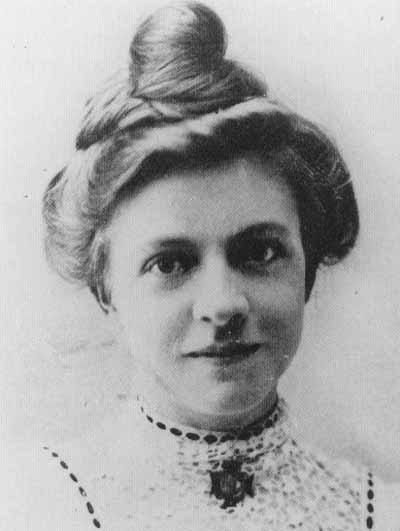
Ellen May Tower from Byron, Michigan, was the first woman to die in combat on foreign soil, succumbing to typhoid fever in Puerto Rico while serving in the Spanish-American War. As a result, Tower was the first woman to receive a military funeral in Michigan.
Spanish-American War veteran nurse Clara Maass secured her place in history by volunteering for yellow fever medical experiments. She did this so the medical community could develop treatments for yellow fever, from which many soldiers died. Maass, herself, ultimately died from the experiments, but her participation led to treatments that saved many lives. In 1976 a United States postage stamp was issued with her portrait to commemorate her sacrifices.
World War I
World War I enshrined women as a crucial part of the war effort as nurses and in logistic positions. Several hundred women lost their lives in the “Great War.” Many women lost their lives aboard sea faring vessels along with male soldiers on their way to Europe by German U-boats. Many of these brave women died in battlefield hospitals while treating wounded soldiers.
Hospital tents and living dormitories were frequent targets of German artillery and strafing machine gun fire. Unfortunately, many women who died in combat zones in the first World War have faded into obscurity. Many of these women were buried in the local cemeteries in France while their families were never notified as to what happened to their loved ones.
Earnest Hemingway was an ambulance driver in his late teens in Italy. He drove the wounded to field hospitals from the fighting in the Alps. In his novel, “A Farewell to Arms,” Hemingway describes the importance of the women nurses to the wounded soldier.
World War II
More than 350,000 women served in the U.S. Armed Forces, and it is estimated that more than 543 women died in World War II. Women in this conflict died in almost as many ways as men. Once again, women fell to German artillery and bullets. Not only did women die in service in Europe, but they also met their end in the Pacific Theater. In the Pacific, many women died from Japanese Kamikaze attacks, gunfire, and bayonet charges.
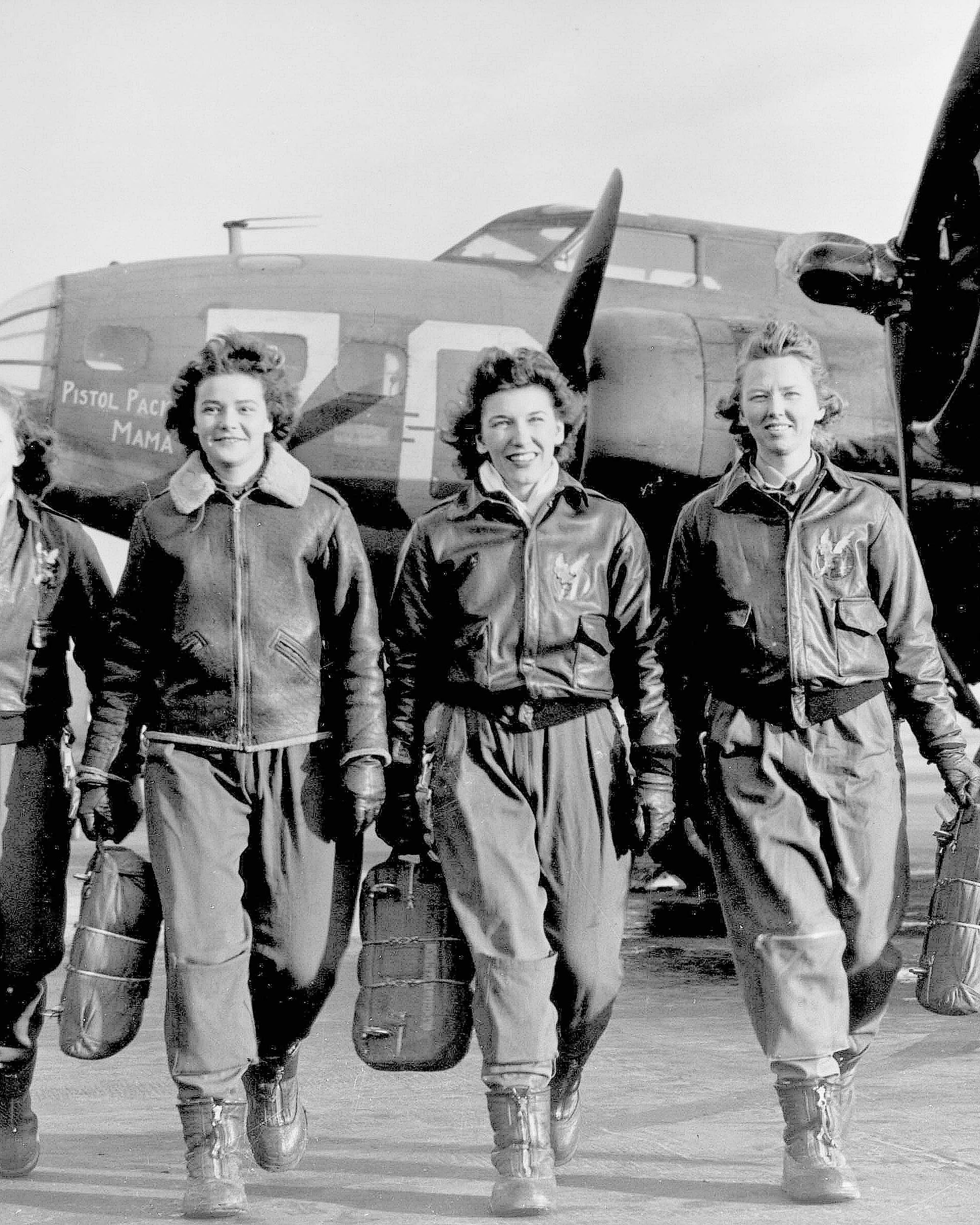
In World War II the Women Airforce Service Pilots (WASP) service was established. The WASPs flew non-combat service missions. Thirty-eight WASPs lost their lives during World War II. These brave women were not given full military status until 1977 when President Jimmy Carter signed the G.I. Bill Improvement Act.
The conflicts after World War II, kept better records and recognized women as soldiers resulting in honoring their service. It is very important that when we remember our fallen soldiers this Memorial Day, we also remember the women who were historically forgotten. Their service was very valuable to the war effort and those who lost their lives deserve to be remembered. These women were true trail blazers!


